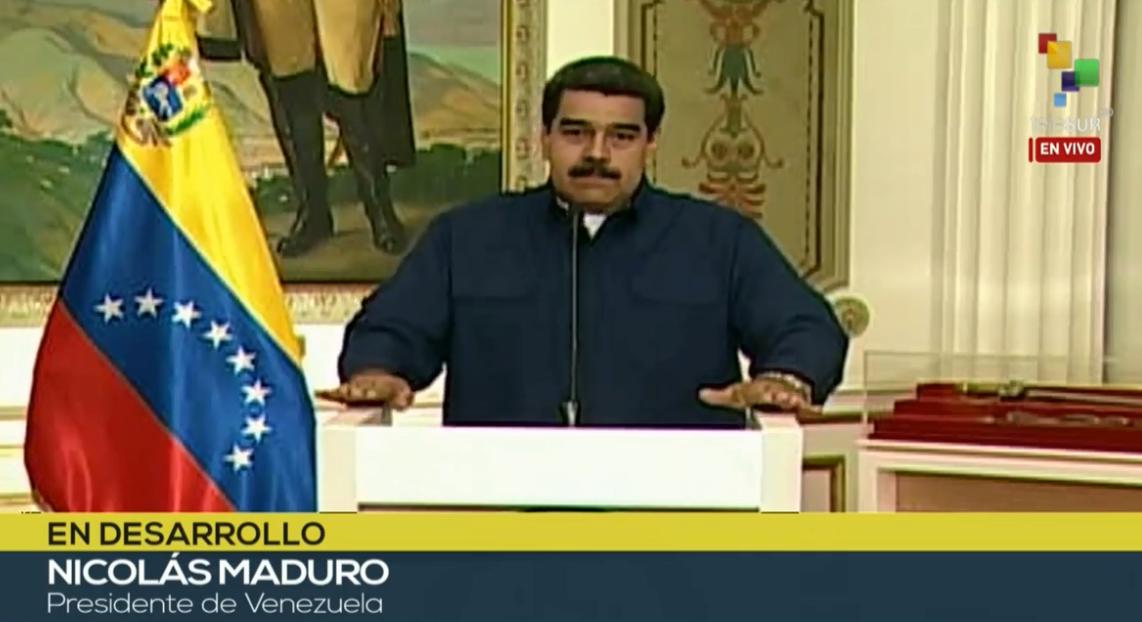Q: are smaller projects easier to interconnect in?
A: there is a point where large projects can be very expensive to interconnect
A: Depends. Can it be shaped, does it have a battery, what's our load.
New way: Put some batteries on the feeder lines! 🔋
A: less so.
A: We have an obligation to serve. Line extension tariff does lay out cost-sharing.
(I had a piece of pizza, salad, cranberry bubble water and saw a wild turkey outside. Have you been to Spokane? It's lovely)
(2) Assess existing and emerging efficient technologies
(3) Figure out what's technically possible, and then what's "technically achievable"
A: Not as part of this, but have looked at it for other utilities (e.g., Hawaii)
A: EE value first, then DR. [A bit simplified]









